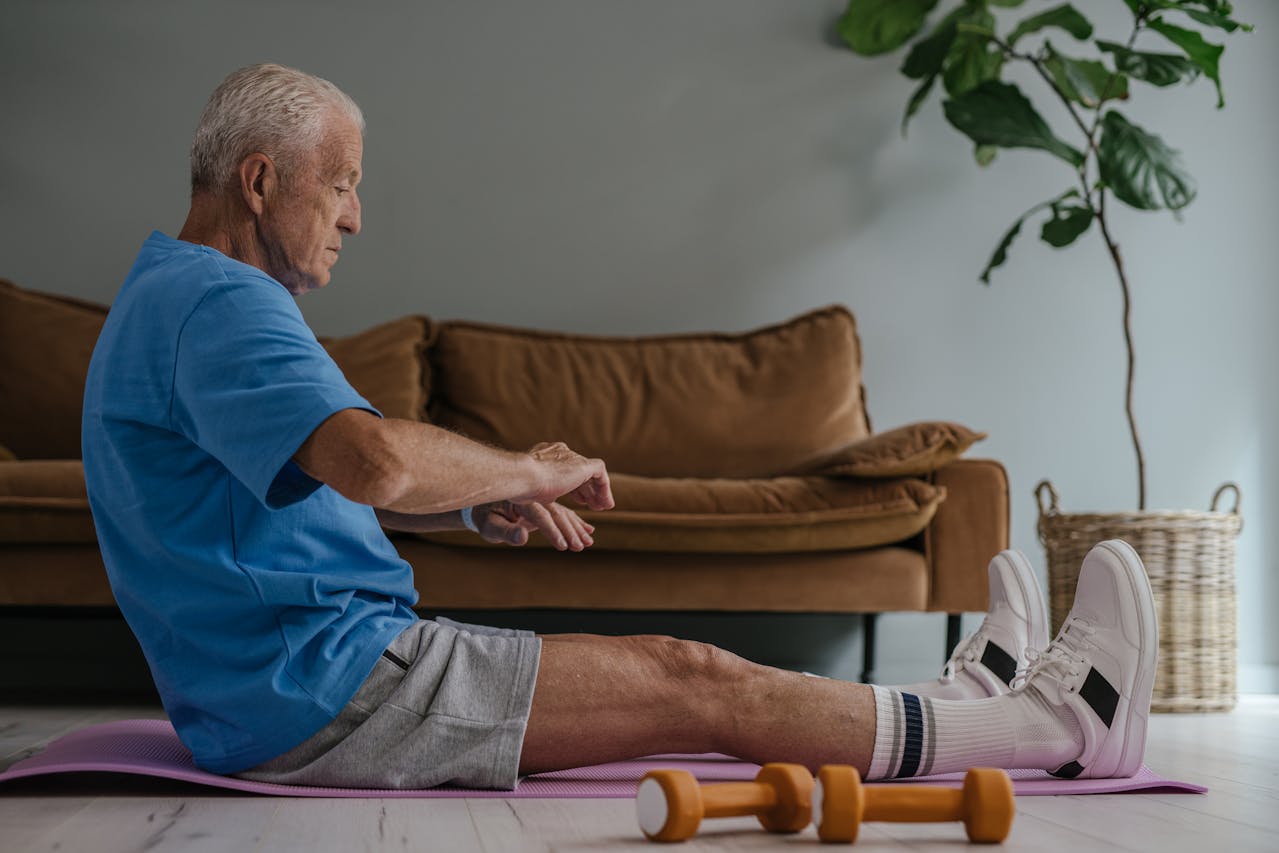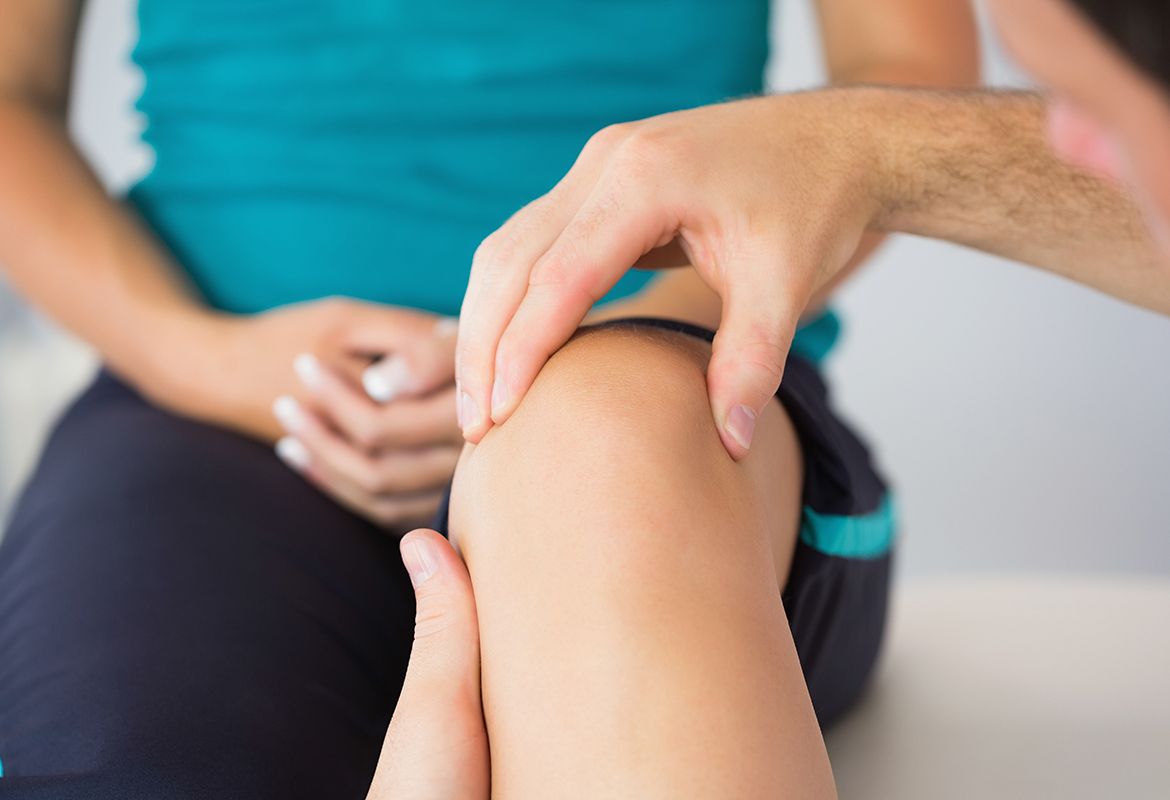ACL Pre-Surgery Rehabilitation: Insights, Tips & Exercises
Physiotherapy
What You Need To Know Before Surgery

The ACL is an abbreviation of the anterior cruciate ligament of the knee. The ACL ligament runs diagonally from the back of the femur (thigh bone) to the front of the tibia (shin bone). The direction of the ligament fibres means the ACL’s function is to resist backwards translation of the femur on the tibia or the tibia forwards on the femur. Therefore, when we hear of a torn or ruptured ACL the mechanism of the injury is either trauma, hyperextension of the knee or a pivot shift movement all of which cause this translation to occur beyond what the ACL can sustain.
ACL reconstruction surgery has come a long way over the years. It began as a simple surgery to stabilise the knee joint and then shortly after focused more on the use of peripheral structures to act as a replacement of the ACL. This was then followed by reconstruction of the ACL using the quadriceps tendon, patellar tendon and now more commonly used.. the hamstring tendon. Then….. further development in surgical options has now seen the use of what are called “allografts” and synthetic grafts, where the grafts are not obtained from the individual undergoing surgery but from cadavers or synthetic polymer material.
You actually don’t NEED your ACL to play sport… even at an elite level!
BUT…. There are some circumstances where surgery post ACL rupture is necessary – a rupture with meniscal injury, ongoing instability/giving way, injured tissue fragments causing the knee to lock or where conservative management has failed.
We will go through the initial phase of ACL rehabilitation below which involves the phase before surgery and in a following article we will go through post operative phases and the return to sport. I will explain each phase in regard to an ACL reconstruction however the protocol is similar even if the patient has chosen a conservative approach (no surgery). Just keep in mind – everyone is different so please use this purely as a guide.
Pre-Surgery Phase
The aim of the pre-op phase (before surgery) is to develop a plan.
How will the knee be managed immediately post injury? Is a knee brace required? How will we manage the swelling? Will you need crutches? This all depends on what approach is used and the extent of the surgery i.e. was there a meniscus repair done as well as the ACL graft? These are very important factors to consider as swelling and pain management is key to help improve function and outcomes.
Setting goals is important to give direction to rehabilitation. Are you planning on returning to sport post-op? What does your job entail – is it labour intensive, or do you need to climb ladders every day? These are all important things to consider in regards to when you can return to work and what specific functional exercises, levels of muscular strength and endurance and overall fitness you need to have or work on before returning to work.
Developing a strengthening program to build up the strength around the hips, knees and core prior to surgery is paramount to good outcomes post surgery. Strengthening pre-op has been proven to improve the recovery process both in the short term and long term due to increased muscle mass, decreased swelling and inflammation and a variety of other factors.
Look out for our next article where we will run through the recovery and rehab phases after surgery and the return to sport!



